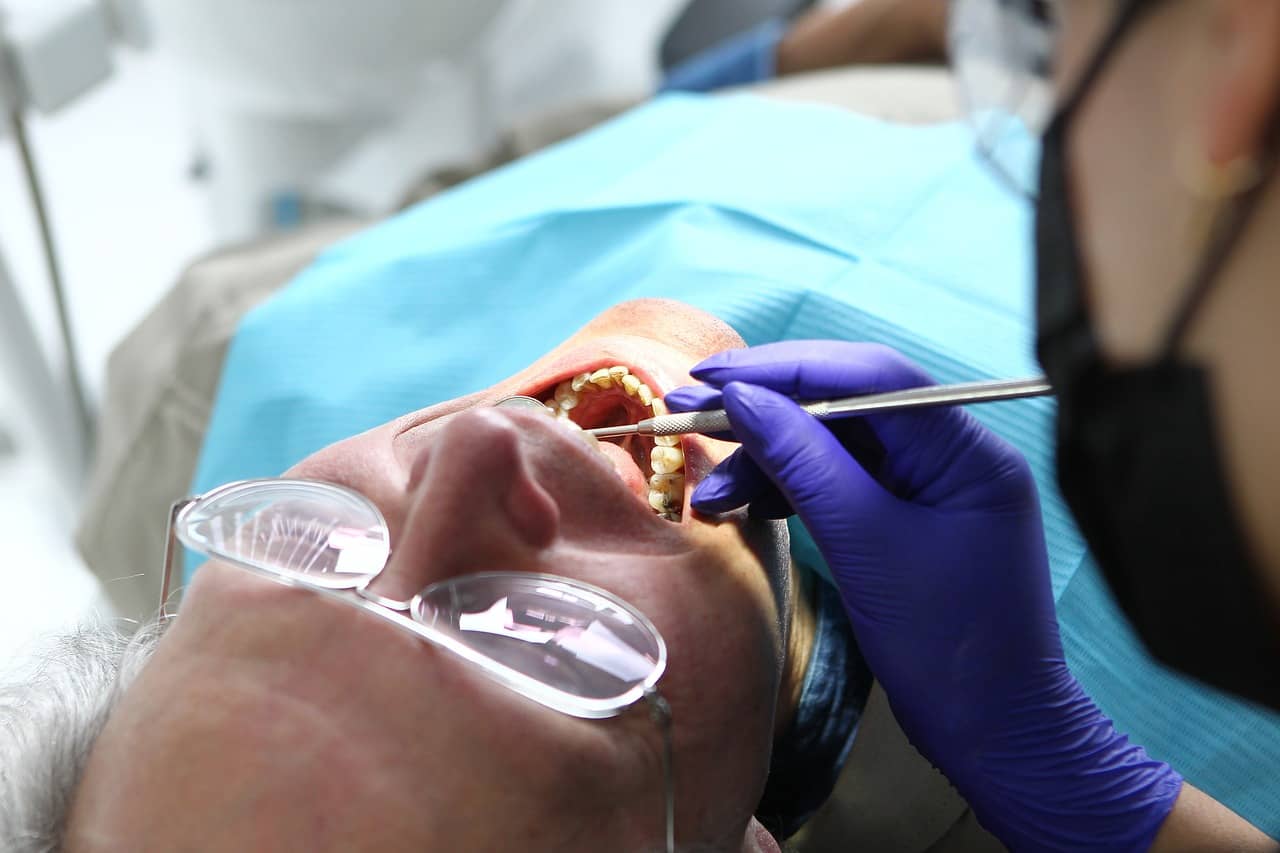When the sun blazes overhead and the mercury rises, the allure of summer can quickly fade for those whose jobs require them to toil outdoors. Working in hot weather might seem like a quintessential summer experience, but beneath the surface, there are serious risks that demand attention. From heat-related illnesses to the five stages of heat stress, understanding the potential hazards is crucial for both employers and workers alike. We will highlight the best way to also start a claim for any injury at work you might suffer due to hot weather.
Unveiling the Risks
As the sun’s rays intensify, the dangers of working in hot weather become more palpable. The body relies on a delicate balance to maintain a core temperature around 37°C. When external temperatures surge, this equilibrium can be disrupted, leading to a cascade of health issues. Heat-related illnesses, ranging from mild discomfort to life-threatening conditions, are a clear and present danger.
Heat Rash and Heat Cramps
At the milder end of the spectrum, heat rash and heat cramps are common annoyances. Heat rash, also known as prickly heat, arises when sweat glands become clogged, causing red bumps and itching. Heat cramps, on the other hand, result from an electrolyte imbalance due to excessive sweating. These conditions are early indicators that the body is struggling to regulate its temperature.
Heat Exhaustion
Moving up the ladder of heat-related illnesses, heat exhaustion is a more serious concern. Symptoms include profuse sweating, weakness, nausea, dizziness, and an elevated heart rate. Prolonged exposure to high temperatures, coupled with inadequate hydration, can lead to this stage of heat stress. If left unchecked, heat exhaustion can escalate to a life-threatening condition.
Heat Syncope
Heat syncope, or fainting, is another stage in the spectrum of heat-related risks. It typically occurs when individuals stand up abruptly after prolonged periods of heat exposure. Blood pools in the lower extremities, causing a drop in blood pressure and leading to temporary loss of consciousness. While it might seem harmless, heat syncope can result in injuries from falls.
Heat Stroke
The culmination of heat stress is heat stroke, the most severe and life-threatening condition. Heat stroke occurs when the body’s core temperature exceeds 104°F (40°C), overwhelming its ability to cool down. Symptoms include confusion, hot and dry skin, rapid breathing, and even loss of consciousness. Heat stroke demands immediate medical attention, as it can lead to organ failure and death if not treated promptly.
Understanding the Five Stages of Heat Stress
As temperatures soar, the body’s resilience is put to the test. The progression through the stages of heat stress is a cautionary tale that underscores the importance of prevention and intervention.
Heat Stress Perception
The first stage is marked by discomfort and a sense of being too warm. This is the body’s initial response to elevated temperatures, signalling the need to cool down.
Heat Stress Sweating
As the heat intensifies, the body ramps up its cooling mechanism – sweating. Profuse sweating is an attempt to regulate body temperature through evaporative cooling.
Heat Stress Physical Performance Decline
With prolonged exposure, physical performance begins to decline. Fatigue sets in, and the body’s ability to sweat and cool down becomes less efficient.
Heat Stress Heat Illnesses
This stage is characterised by the onset of heat-related illnesses such as heat exhaustion and heat cramps. The body’s attempts to cool down are compromised, and symptoms become more apparent.
Heat Stress Heat Stroke
The final and most dangerous stage is heat stroke. At this point, the body’s core temperature is critically high, and its mechanisms for self-cooling are overwhelmed. Heat stroke requires immediate medical intervention to prevent severe consequences.
Preventing Heat-Related Risks
Mitigating the dangers of working in hot weather requires a combination of awareness, preparedness, and action. Employers and workers must collaborate to implement preventive measures that safeguard health and well-being.
Hydration
Staying adequately hydrated is paramount. Workers should drink water frequently, even if they don’t feel thirsty. Employers can encourage hydration by providing accessible water stations.
Rest and Shade
Frequent breaks in shaded areas can provide respite from the sun’s intensity. Resting allows the body to recover and cool down before returning to work.
Appropriate Clothing
Lightweight, loose-fitting, and light-coloured clothing can help regulate body temperature. Protective gear should be breathable to prevent overheating.
Acclimatisation
Allowing the body to gradually adapt to higher temperatures can enhance its tolerance. New workers or those returning after an absence should have a period of acclimatisation.
Training and Education
Both workers and supervisors need training on recognising the signs of heat-related illnesses. Early intervention is key to preventing escalation.
Making an Accident at Work Claim
In unfortunate instances where a worker falls victim to heat-related illnesses due to inadequate safety measures, making an accident at work claim becomes a viable option. Legal frameworks are in place to ensure that workers are protected and compensated for preventable workplace injuries. Consulting with National Claims will help navigate the complexities of such claims and ensure justice is served whilst helping guide you through the claims process.

Conclusion
As we bask in the warmth of summer, it’s crucial to remember that the dangers of working in hot weather are not to be underestimated. The sun’s allure can mask the potential risks that lie beneath. By understanding the five stages of heat stress, taking proactive measures to prevent heat-related illnesses, and being aware of legal options like making an accident at work claim, we can ensure a safer working environment for all.
In the UK, where unpredictable weather patterns can sometimes lead to sudden heatwaves, it’s especially important to be prepared. The experiences of workers in various industries have highlighted the urgency of addressing these risks. From construction workers labouring under the scorching sun to agricultural workers tending to crops, the dangers are pervasive and demand attention.
In conclusion, working in hot weather is more than just a discomfort – it’s a potential threat to health and well-being. By acknowledging the risks, educating both employers and workers, and implementing preventive strategies, we can create a safer and healthier work environment even in the sweltering heat of summer. So, as you head out to embrace the sun, remember the importance of staying cool, staying hydrated, and staying informed. Your body will thank you.
Contact us to start your claim for your accident at work and speak to one of our helpful claims specialists.
Click below to see why we are one of the most trusted claims management companies in the UK.

We’re proud of our excellent customer reviews
We thrive on delivering exceptional service and ensuring our clients’ satisfaction. Don’t just take our word for it. Check out some of our independent reviews to see what our clients have to say.
Excellent

This firm is excellent, they sorted out my car pay out and injury claim very fast, they always communicate with you all the time.

My accident case was dealt with confidence and with great result of the outcome, especially James kept me informed all the time.

I was very impressed at the way my inquiry was treated. I was listened to attentively and everything I needed to know was explained to me.






